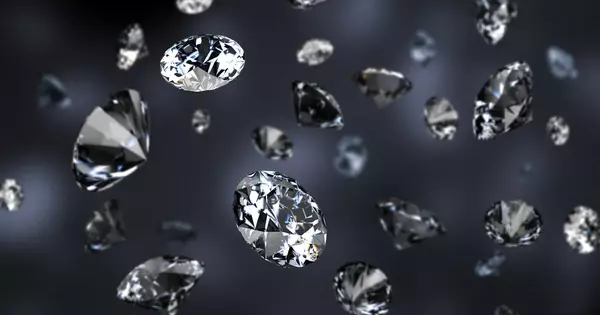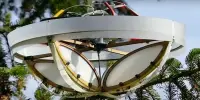Pink diamonds are extremely rare among Earth’s precious stones, and scientists have been baffled as to how they arise. A groundbreaking finding from Western Australia’s Argyle has pinpointed a critical event that must occur for pink diamonds to form and emerge near the Earth’s surface, which may make them simpler to find in the future.
We know that diamonds require extreme heat and pressure to produce, but there are many different types of diamonds out there. Colored diamonds are the most rare, accounting for around 0.01 percent of all diamonds produced on the globe (one in 10,000). Pink, blue, green, violet, orange, and red are all extremely rare colors, but yellow and brown are more prevalent.
Pink diamonds are assumed to be the consequence of distortion, one of the three main ways a diamond can develop flaws (the other two being impurities and damage). When the lattice structure of a diamond is twisted and bent, the way light is reflected changes and it no longer appears white.

Around 80 to 90 percent of the pink diamonds discovered by humans were discovered in the Argyle mine, which was the site of a 1.8 billion-year-old continental collision. The collision created plenty of pressure, and their location near the lithosphere provided plenty of heat, resulting in just enough distortion for a variety of diamonds, including pink.
But that’s not the end of the narrative; it merely describes how these diamonds developed down underneath. Pink diamonds have been discovered near the surface in Western Australia; how did they get there?
A new study has uncovered a third and secret element for the creation of pink diamonds. It discovered that diamond-rich rocks from the Argyle were older than expected, dating back to a time when the Earth’s outer layer was extending when the supercontinent Nuna broke apart.
When it did, it made room for molten rock to rise from deep within the Earth and fill the voids. This molten rock was carrying diamonds, and it exploded as it approached the surface, forming a diatreme – a type of volcanic pipe linked with gassy explosions.
Pink diamonds were discovered at an unusually surface-side location for the uncommon gemstones, and this latest discovery may make it easier to uncover them in the future. We could spare ourselves a trip deep underground by locating places of the planet that have suffered stretching in the past as a result of continental separation and instead uncover some rare pink stones close beneath the surface.
















